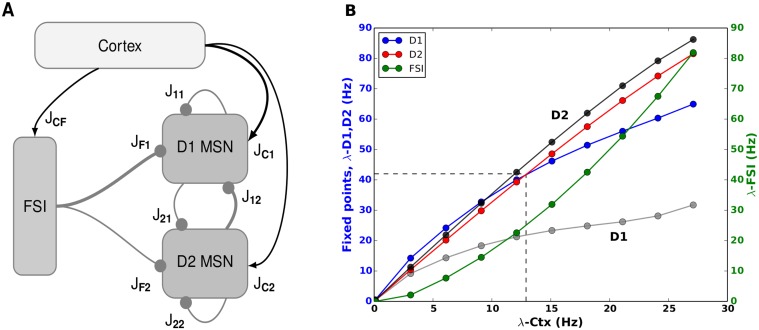Fig 1. Asymmetry and decision transition threshold in the striatum.
(A) Schematic of the striatal circuit (B) Steady state firing rates of the D1 (blue), D2 (red) MSNs and FSI (green) as a function of cortical inputs as estimated from the linearized mean-field dynamics model of the striatum. Here we consider the ‘multiplicative scenario’ for the extra input the the D1 MSNs. We refer to the crossover point (), where the bias of striatal activity (ΔMSN) changes from D1 to D2 MSNs, as the decision transition threshold ≈ 13 Hz here and marked with the dashed line. The grey and black traces show the firing rates of the D1 and D2 MSNs when they received cortical inputs with the same strength, respectively. This shows that extra input to D1 MSNs is necessary to activate the ‘direct’ pathway. Otherwise, D1 MSNs cannot have higher firing rates than D2 MSNs.

